
Guwahati, the vibrant gateway to Northeast India, rests along the banks of the mighty Brahmaputra River, where tradition and modernity flow side by side. As Assam’s largest city, Guwahati hums with life — from bustling markets scented with spices and tea leaves to serene riverfront ghats kissed by the golden sun. It’s a place where ancient temples rise above the skyline and the rhythm of the city carries whispers of folklore, devotion, and nature’s quiet power.
At the heart of Guwahati lies the revered Kamakhya Temple, perched atop the Nilachal Hills, drawing pilgrims and seekers from across the country. But spirituality here takes many forms — in the peaceful ambiance of Umananda Island, the world's smallest river island temple, and in the glowing lamps set afloat on the Brahmaputra at dusk. The city is equally alive with culture — its vibrant festivals, traditional Assamese cuisine, and welcoming people make it a soulful destination that touches both heart and spirit
Nature is never far away in Guwahati. Whether you’re taking a sunset cruise on the river, spotting wildlife at Assam State Zoo or Deepor Beel, or wandering through lush hills just beyond the city, Guwahati offers a refreshing connection to the wild. It’s a rare blend of city energy and natural serenity, where each experience feels as real as it is rooted.
Best time to visit: October to March
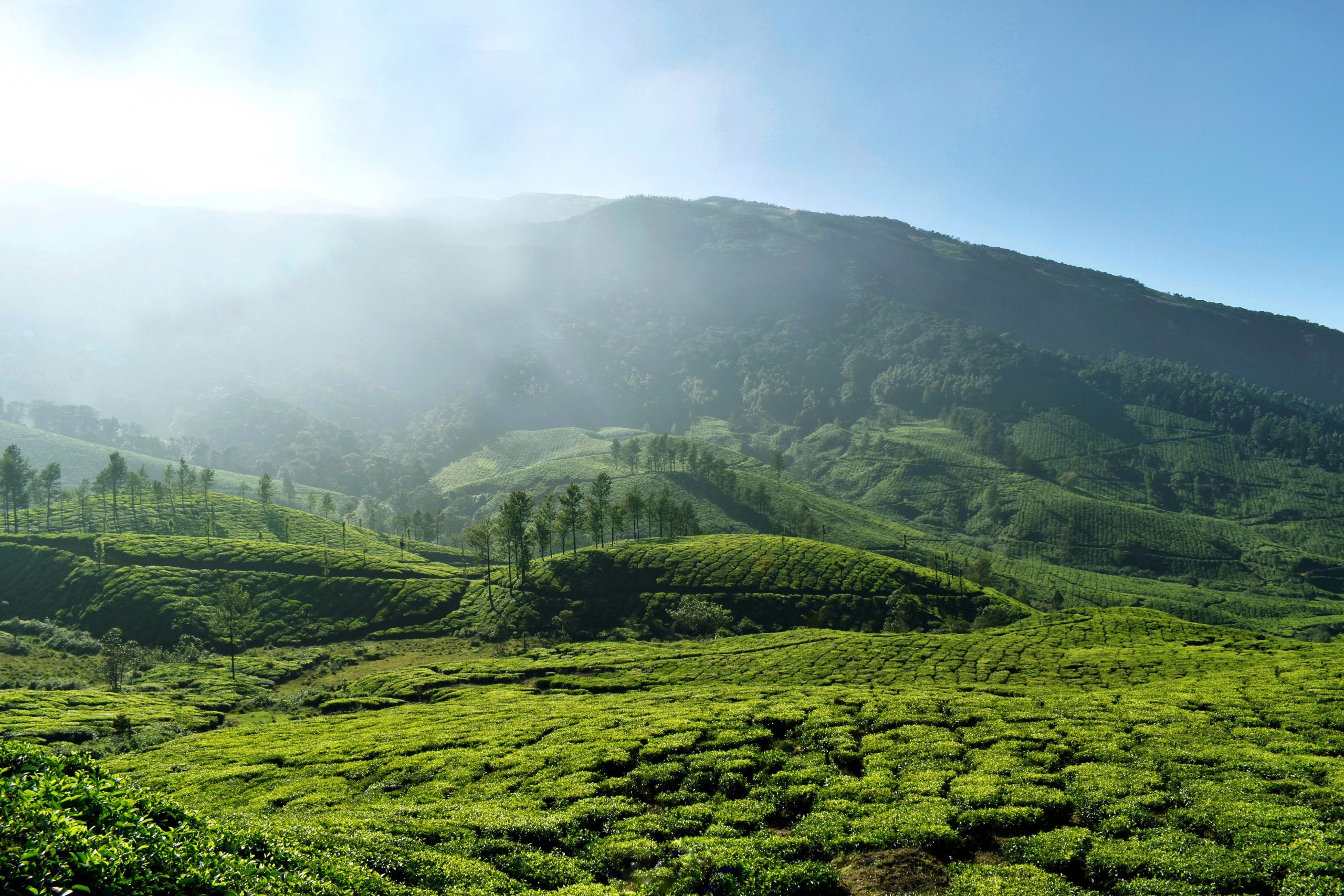
Dibrugarh, often hailed as the "Tea City of India," is a captivating blend of emerald-green tea estates, colonial charm, and river-kissed serenity. Located in the eastern corner of Assam, this city thrives beside the majestic Brahmaputra River, where sunrise paints golden hues over lush plantations and the air is rich with the scent of fresh leaves. Dibrugarh isn’t just a city — it’s an experience wrapped in misty mornings, slow-brewed culture, and nature’s quiet poetry
As you wander through its endless stretches of tea gardens, some dating back to the British era, there's a sense of timelessness in the rhythm of life here. The legacy of Assam Tea lives in every cup served, often paired with heartfelt conversations and a backdrop of gently swaying trees. But Dibrugarh also hums with modern life — from vibrant bazaars to cozy cafés and educational institutions that keep the city youthful and alive.
Beyond tea, Dibrugarh offers a doorway to exploration. It serves as a base for venturing into the remote beauty of Arunachal Pradesh, or discovering nearby gems like Dibru-Saikhowa National Park, home to wild horses and rare birds. River cruises, nature walks, and ferry rides across the Brahmaputra add to the charm, giving visitors a chance to embrace the wild, peaceful rhythm of Northeast India.
Whether you're sipping tea under a canopy of clouds or watching the sun melt into the river, Dibrugarh leaves behind a quiet, unforgettable warmth.
Best time to visit: October to March
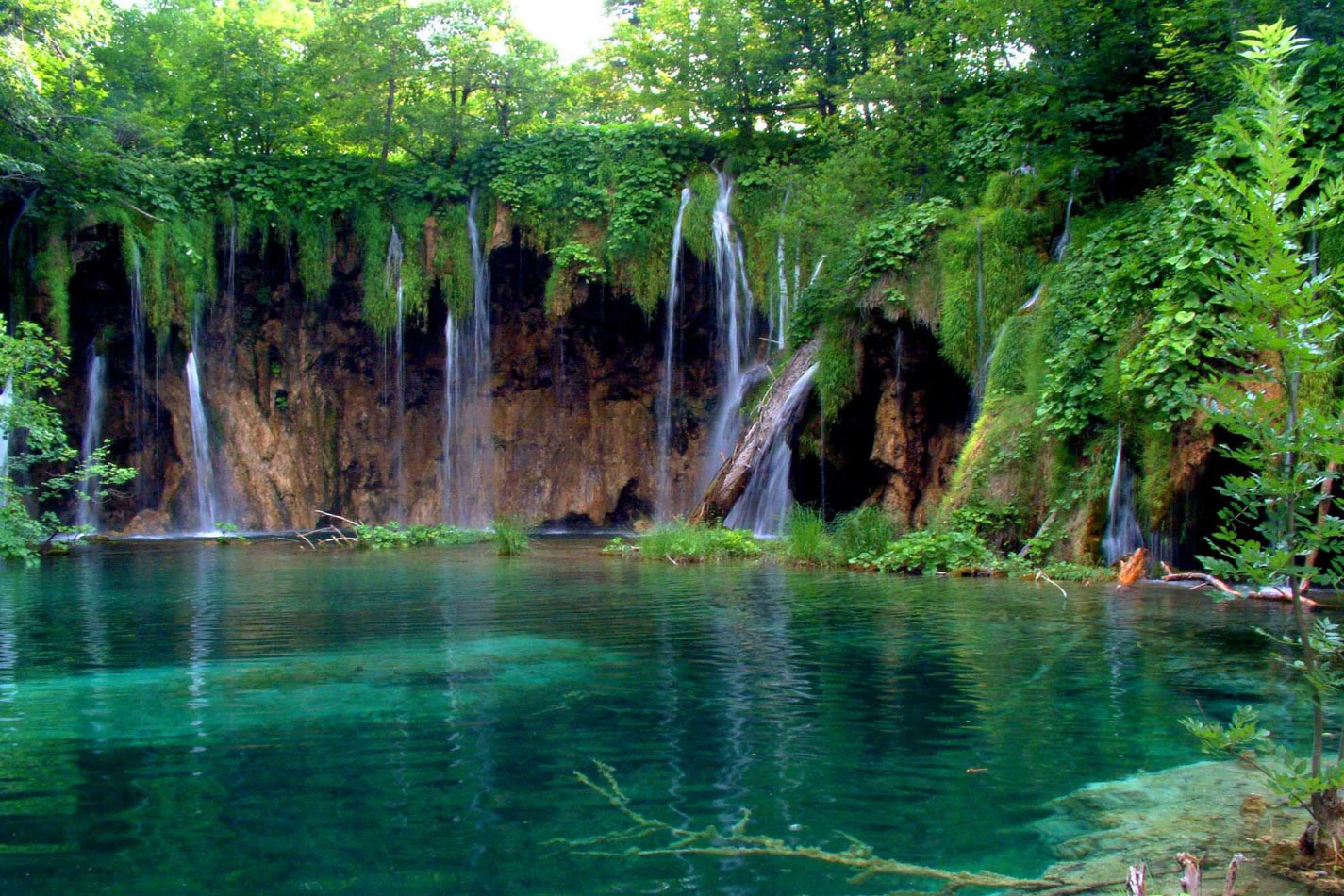
Tezpur, often called the "City of Eternal Romance," is a town where history and mythology flow as gracefully as the Brahmaputra River that borders it. Nestled in the Sonitpur district of Assam, Tezpur wears its heritage with quiet pride — from ancient temples and stone inscriptions to legends of gods, demons, and undying love. The name itself means "City of Blood," a nod to the epic battle between Lord Krishna and Lord Shiva’s son, Aniruddha, that is said to have taken place here. But don’t let the fierce mythology fool you — Tezpur is a gentle, soulful town where culture and nature bloom side by side.
The heart of Tezpur beats in its historic landmarks. The centuries-old Agnigarh Hill, wrapped in local legend, offers a panoramic view of the town and river below, while the Da-Parbatia Gate stands as one of the oldest examples of sculptural art in Assam. The town is dotted with beautiful temples like Mahabhairab Temple, dedicated to Lord Shiva, and tranquil gardens like Chitralekha Udyan, where sculpture, nature, and mythology meet in harmony. These aren't just tourist spots — they are living reminders of a time when poetry, devotion, and artistic brilliance shaped every corner of the land.
Despite its ancient roots, Tezpur pulses with youthful energy. As a major academic and cultural hub, it is home to institutions like Tezpur University, where modern learning coexists with a strong respect for tradition. The local festivals — especially Bihu and Durga Puja — are celebrated with color, rhythm, and a unique Assamese warmth that makes every visitor feel like part of the celebration.
Best time to visit: October and March
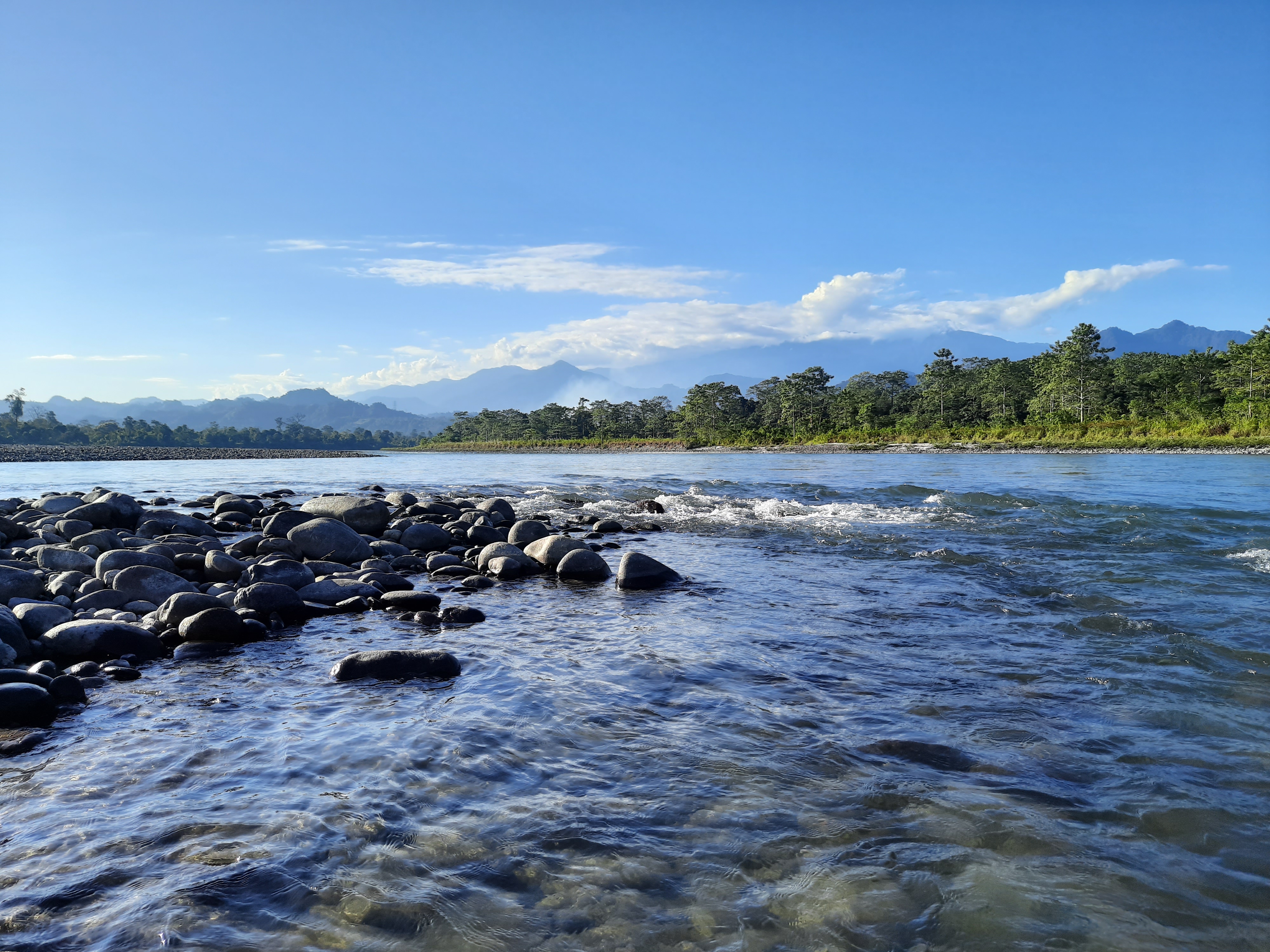
Sonitpur, a district rich in heritage and natural beauty, lies in the heart of Assam, draped in folklore, lush greenery, and river-fed lands. Its name — derived from the Sanskrit word “Sonitpur” meaning "City of Blood" — traces back to ancient legends of war and love from the mythological battle between Lord Krishna and Banasura. But beyond the tales of divine conflict, Sonitpur unfolds like a painting — vast tea gardens, misty hills, sacred temples, and the mighty Brahmaputra carving its path through fertile plains.
At the soul of Sonitpur lies the historic town of Tezpur, a cultural gem and administrative center that blends myth and modernity. Surrounding it are hidden treasures like Nameri National Park, a haven for bird lovers and adventure seekers, where rafting on the Jia Bhoroli River or spotting hornbills in the wild becomes a memory etched forever. The district also boasts ancient monuments, archaeological sites, and tribal settlements that offer a glimpse into the diverse cultural fabric of Assam.
Sonitpur is not just about natural splendor or ancient stories — it’s about the vibrant life of its people. From colorful Bihu celebrations to the quiet discipline of tea garden workers, from traditional silk weaving to aromatic Assamese cuisine, everything here moves to a rhythm that is both rooted and refreshing. It's a place where every day feels connected to something deeper — the land, the lore, and the legacy.
What makes Sonitpur truly special is its seamless blend of adventure and tranquility. You can spend your morning hiking through the dense forests of the Eastern Himalayas, your afternoon rafting down clear mountain rivers, and your evening watching the sunset over peaceful tea estates. It’s a district that invites you to explore, but never rush.
Best time to visit: November to March
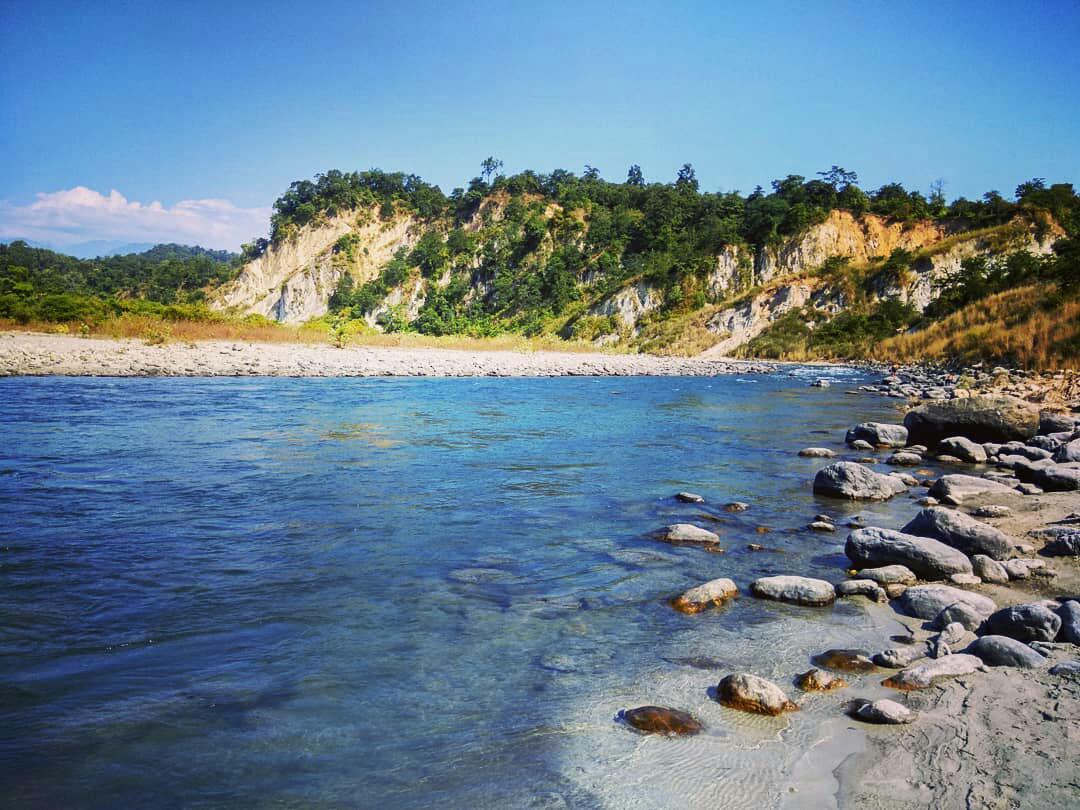
Bogamati, a serene riverside gem nestled in the Baksa district of Assam near the Indo-Bhutan border, is where nature paints its most peaceful canvas. The name "Bogamati" — meaning "white sand" — perfectly captures its charm, with the Barnadi River flowing gracefully through stretches of pristine white sandbanks, framed by lush green hills and dense forests. This lesser-known paradise offers the kind of beauty that doesn’t demand attention but leaves you utterly mesmerized.
Ideal for day trips, picnics, and quiet getaways, Bogamati has become a favorite among locals and offbeat travelers seeking tranquility and scenic bliss. The crystal-clear waters, open skies, and cool mountain breeze make it perfect for unwinding, while adventure lovers can enjoy river rafting, forest walks, or even biking through the countryside. With the Bhutan hills rising in the distance, the view is nothing short of cinematic.
Bogamati’s charm lies in its raw simplicity — untouched, unspoiled, and deeply peaceful. It’s not commercialized, and that’s its greatest strength. Whether you're sitting under a tree with a book, capturing the landscape with your camera, or simply listening to the rustle of the river, Bogamati offers an escape that feels pure and personal.
What truly sets Bogamati apart is its harmonious balance between adventure and serenity. One moment, you’re soaking in the thrill of rafting through the gentle rapids of the Barnadi River; the next, you’re sipping tea on the riverbank, watching the sun dip behind the Bhutanese hills. It’s a place where time slows down, where nature speaks softly, and where every breeze carries a hint of freedom. For those seeking a destination that feels both untouched and unforgettable, Bogamati is a rare and beautiful discovery.
Best time to visit: October and March
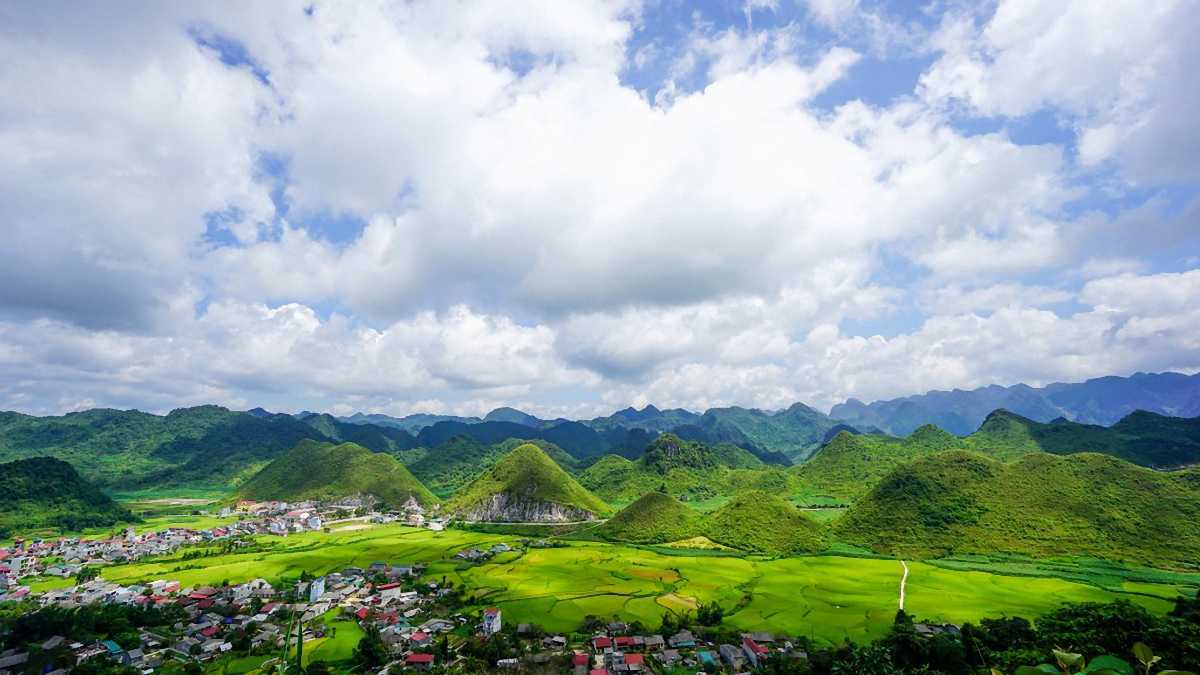
Diphu, the serene hill town and headquarters of Assam’s Karbi Anglong district, is a soulful blend of indigenous culture, rolling green hills, and quiet charm. Perched amidst the Eastern Himalayas, this lesser-known gem is where mist drapes the landscape in the early morning, tribal traditions thrive with pride, and life flows at a gentle, earthy rhythm. Far from the chaos of city life, Diphu offers a peaceful retreat, cradled in nature’s arms and alive with cultural spirit.
What makes Diphu unique is its deep-rooted connection to the Karbi tribe and other indigenous communities who call this land home. Their rich traditions, vibrant festivals like Chomangkan and Rongker, and warm hospitality give the town its distinct identity. Walking through Diphu’s markets or visiting local villages, you’ll witness a way of life that is both simple and deeply meaningful — where community and culture are the cornerstones of existence.
Beyond its cultural depth, Diphu is a nature lover’s delight. The surrounding hills are dotted with picturesque viewpoints, tranquil lakes, and untouched forests. Nearby attractions like the Botanical Garden, Taralangso Cultural Centre, and Recho Village offer experiences that blend natural beauty with ethnic heritage. Whether you're watching the clouds drift over a quiet valley or listening to traditional Karbi music echoing through the hills, Diphu has a way of touching the heart in subtle, lasting ways.
Best time to visit: October and March
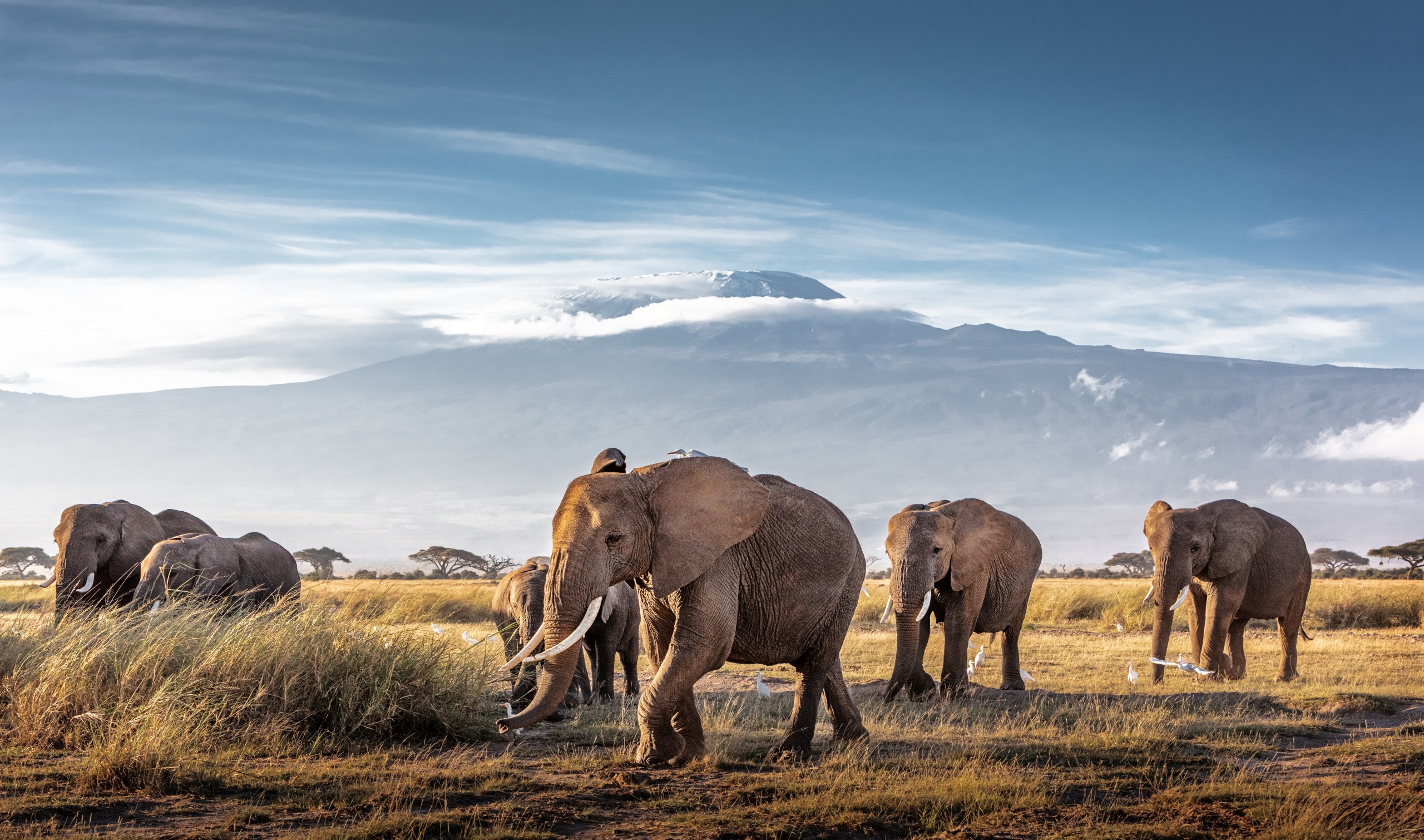
Kaziranga National Park, a UNESCO World Heritage Site nestled in the heart of Assam, is a living testament to India’s wild spirit. Sprawling across the floodplains of the mighty Brahmaputra River, this iconic sanctuary is home to the largest population of the endangered one-horned rhinoceros — a majestic creature that has become the face of Indian wildlife conservation. With its tall elephant grass, dense forests, and shimmering wetlands, Kaziranga feels less like a park and more like a wild, breathing world all its own.
The moment you enter Kaziranga, nature takes over — the air grows quieter, the trees taller, and the thrill of the unknown begins to stir. Elephants trudge through misty grasslands, herds of swamp deer graze along water bodies, and if you're lucky, the elusive Bengal tiger might reveal itself in a fleeting glance. The park is also a birdwatcher’s paradise, drawing species from all corners of the globe, including pelicans, storks, hornbills, and migratory geese. Every jeep safari or elephant ride here is not just a journey — it's an unfolding story of survival, instinct, and harmony.
What makes Kaziranga truly magical is its untamed purity. There's a rawness to the landscape, shaped by seasonal floods and nurtured by tribal communities who have lived alongside these wild inhabitants for centuries. Unlike manicured parks elsewhere, Kaziranga thrives in its natural rhythm — wild, unpredictable, and breathtakingly beautiful. The connection between land, wildlife, and people is strong and deeply respectful, making every visit feel sacred.
Best time to visit: November to April
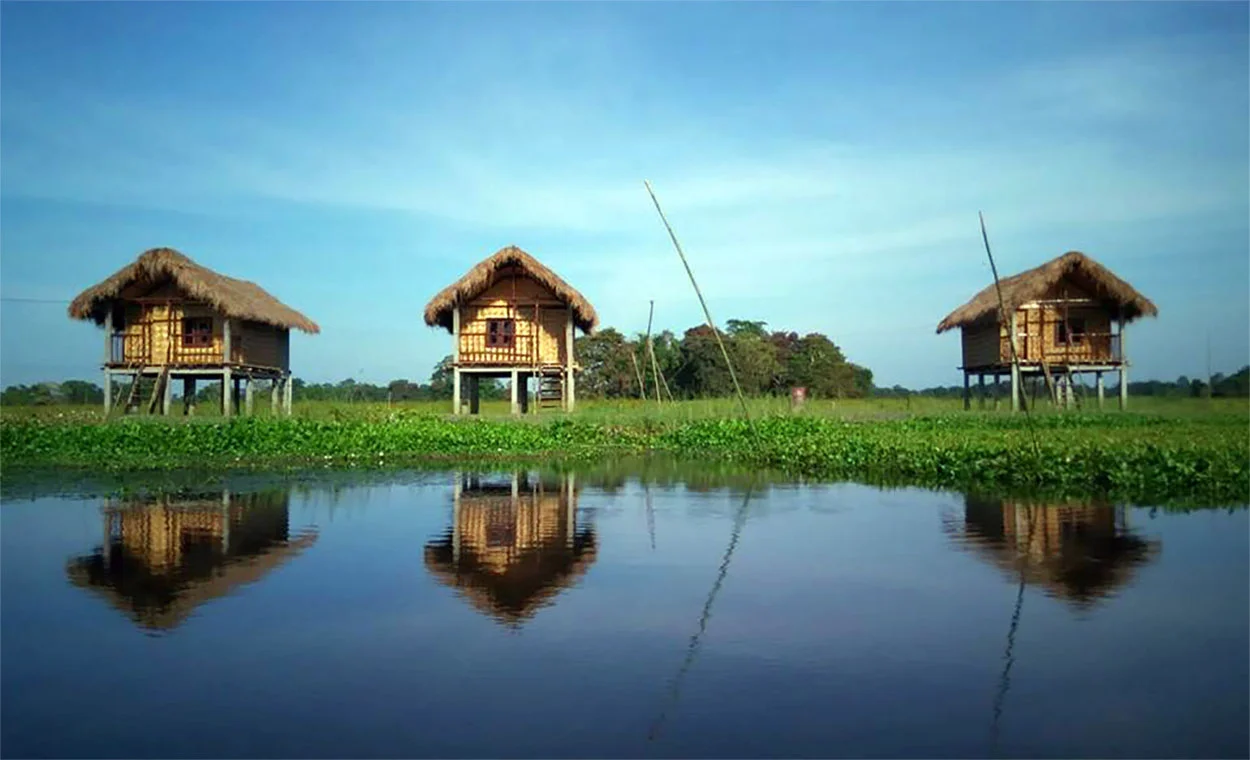
Majuli Island, cradled by the gentle currents of the Brahmaputra River in Assam, is not just the world’s largest river island — it’s a sanctuary of soul, culture, and serenity. Spread across lush green plains that seem to float on water, Majuli feels untouched by time, where the landscape flows as gently as the rhythms of traditional life. As ferries glide across the river to reach its shores, the chaos of the modern world is left behind, replaced by soft breezes, open skies, and a way of life rooted in simplicity and spiritual grace.
The heart of Majuli beats in its satras — centuries-old Vaishnavite monasteries that are not just religious centers but cultural treasure troves. These satras, founded by the great saint Srimanta Sankardev, preserve Assam’s rich legacy of music, dance, literature, and art. Witnessing the Sattriya dance performed by devoted monks, or hearing traditional hymns echo through bamboo halls, is a profoundly moving experience. Every corner of the island breathes devotion and artistry — woven into its very soil.
Life on Majuli is deeply harmonious, where the land, water, and people coexist in quiet balance. The Mishing tribe and other indigenous communities live in charming stilt houses, practicing age-old crafts, farming, and weaving, with a sense of contentment that feels rare and grounding. Bicycles and bullock carts outnumber cars, rice paddies stretch to the horizon, and birdsongs fill the air — it's an island that teaches you to slow down, to listen, and to reconnect.
Best time to visit: October to March
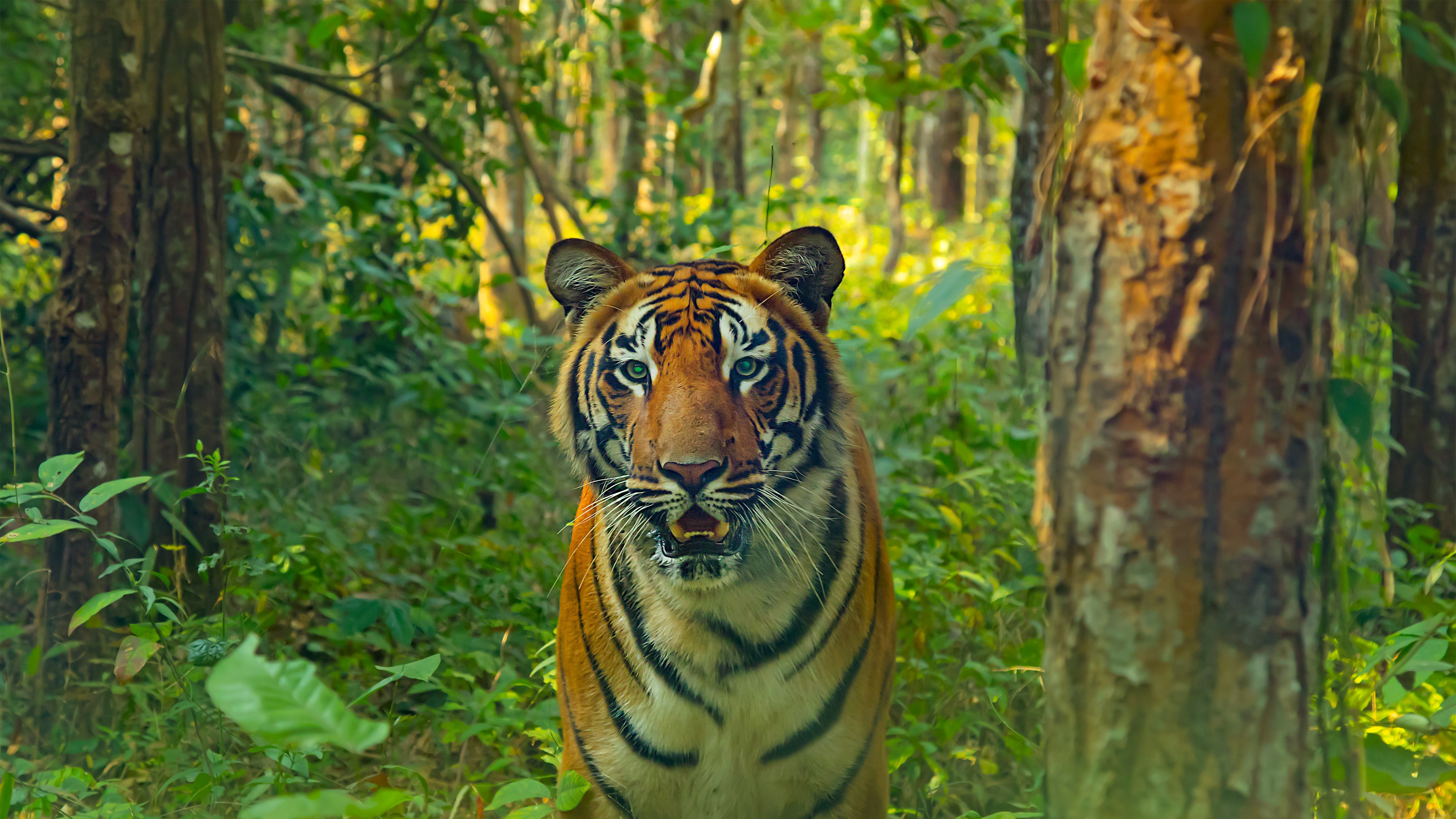
Manas Wildlife Sanctuary, nestled in the foothills of the Eastern Himalayas along the Assam-Bhutan border, is a sanctuary where the wild roams free and nature sings in its most untamed voice. A UNESCO World Heritage Site, Manas is not just a national park — it’s a symphony of forest, grassland, and riverine ecosystems, woven together to create a landscape that’s both fierce and fragile. With the crystal-clear waters of the Manas River winding through its heart, the sanctuary feels like a hidden paradise — raw, remote, and breathtakingly alive.
What sets Manas apart is its incredible biodiversity. It’s one of the few places on Earth where you might spot the rare golden langur, the endangered pygmy hog, or the wild water buffalo, all in one day. Tigers prowl the deeper woods, elephants bathe in the river’s edge, and rhinos graze in the tall grass, while over 450 species of birds fill the air with music. The sanctuary is a dream come true for wildlife enthusiasts, photographers, and conservation lovers who want to witness nature in its purest form.
Beyond its rich wildlife, Manas holds deep cultural and ecological significance, co-managed with the local Bodo communities whose stewardship helps preserve its delicate balance. This human-nature harmony adds a soulful dimension to every visit, where each rustle in the grass or distant call of the wild becomes part of a story both ancient and urgent.
Best time to visit: November to April
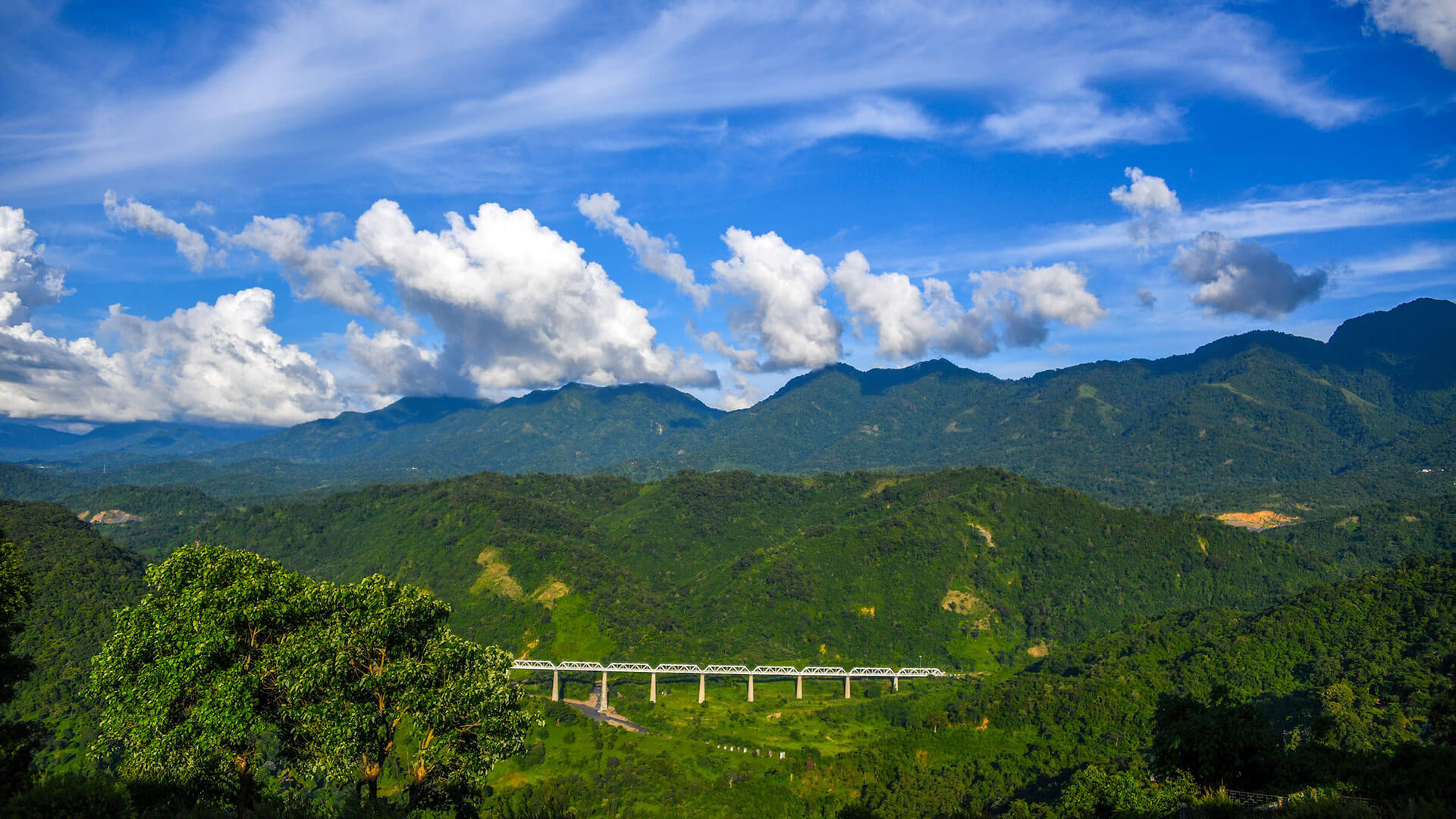
North Cachar Hills, now officially known as Dima Hasao, is one of Assam’s most enchanting and least-explored gems — a land where emerald hills kiss the skies and traditions run as deep as the rivers that carve through its valleys. Tucked away in the southern part of the state, this highland district is a haven of untouched beauty, where pine-scented air, cascading waterfalls, and serene villages make time feel irrelevant. It’s the kind of place that doesn’t demand your attention — it quietly earns your awe.
The landscape here feels almost dreamlike. Rolling hills stretch endlessly, cloaked in mist during early mornings and bathed in golden sunlight by afternoon. Small towns like Haflong, often called the "Switzerland of the East," charm visitors with peaceful lakes, colonial remnants, and a rhythm of life that is refreshingly slow. Bamboo groves sway with the wind, and every trail you take reveals another hidden view — of a river glinting in the distance or a quiet hamlet nestled on a hillside.
But what truly sets North Cachar Hills apart is its people. Home to diverse tribes such as the Dimasas, Zeme Nagas, and Hmars, the region thrives on a mosaic of cultures, languages, and customs. Traditional dances, vibrant festivals, and intricate handlooms reflect a deep-rooted connection to the land and a proud cultural identity. Visitors are not just tourists here — they’re welcomed as curious guests into a community that values warmth and storytelling.
Best time to visit: October to April
